The State of the Native Garden
How it Started, How it's Going
The following passage contains spoilers to Lord of the Rings, an obscure work of fantasy fiction by J.R.R Tolkien that briefly found itself ressurected after a misguided, wildly unsuccessful film adaptation and currently enjoys a miniscule cult following among a handful of loyal obsessives.
The War of the Ring, the ultimate battle for the fate of Middle-earth, doesn’t end in Mordor, as portrayed in the Lord of the Rings movies. In the novel, the war ends in the Shire, when the four wayward Hobbits return from their long quest, only to find their homeland defiled by tree-hating, industry-loving forces of evil. Even after scouring the Shire by killing fallen wizard Saruman and purging the land of the malignancies that had taken hold in their absence, the war isn’t quite over for one of the quartet. “I shan’t call it the end,” says Samwise Gamgee, “till we’ve cleared up the mess… and that’ll take a lot of time and work.”
Not as much time as he thought. In the course of their travels, Sam, the trilogy’s gardener-hero, was gifted a box by the Lady Galadriel that contained earth from her orchard. “if you keep it and see your home again at last,” she tells Sam with her typical foresight, “then perhaps it may reward you. Though you should find all barren and laid waste, there will be few gardens in Middle-earth that will bloom like your garden, if you sprinkle this earth there.”
Sounds easy enough, but selfless Sam treats the earth as the priceless and generous gift it is. Instead of sprinkling it in his own garden, he pays it forward to the whole Shire. He’s determined to replace trees wherever they had been destroyed by Saruman’s goons, and he adds a single grain of the “precious dust” to each sappling he plants in the ground. Finally, whatever dust remains at the end of his toils he takes to the heart of the shire and casts in the air, letting the elements do the rest.
Galadriel’s earth does indeed reward him, and all the Shire. That spring, trees began to grow “as if time was in a hurry and wished to make one year do for twenty.”
I have a similar ambition for this little yard of ours—to fill it with such an abundance of native flowering and fruiting trees and shrubs that (almost) every bird, beast, and insect wants to call it home. To turn what was a waste of grass and boring non-natives into a pollinator’s paradise. An avian utopia. Something fertile and teeming with life, not unlike Sam’s transformed Shire.
The work began in the fall of 2023. Armed with no magical earth and none of Sam’s gardening know-how, I stuck nine native plants (three each of wild bergamot, cutleaf coneflower, and New England aster) in the ground. In spite of my careless approach, they took root and emerged the next spring, by all appearances healthy and happy but threatened by encroaching grass. I gave our plants more room to breath, and in the months since added a variety of native plants from around the yard and from the nearby Audubon preserve.
Native garden, May 2024. The original nine emerge after suriving their first winter.
Native garden, March 19, 2025. Freed of fall leaves, the garden is ready to take it to the next level.
Native garden, May 3. Next level achieved.
Native garden today.
Now for a closer look at the wonders that have happened without the benefit of elvish magic (but perhaps with a touch of gnomish good luck).
Volunteers
Nature loves a vacant patch of soil. Empty spaces in the garden fill up quickly, more often than not by non-native/invasive plants and grass. Oriental lady’s thumb is a constant intruder that I almost wish was native because it safeguards against erosion and has beautiful tiny pink blossoms. Still, it’s incredibly fast spreading. I remove lady’s thumb from the garden whenever it appears but leave it most anywhere else in the yard.
There have been a number of native volunteers too. I haven’t seen any Hobbits around the yard, but our resident Garden Gnome Angus McJolly loves to lounge under the slender yellow woodsorrel, another fast spreader that’s great at erosion prevention and is liable to spring up anywhere there’s a vacancy.
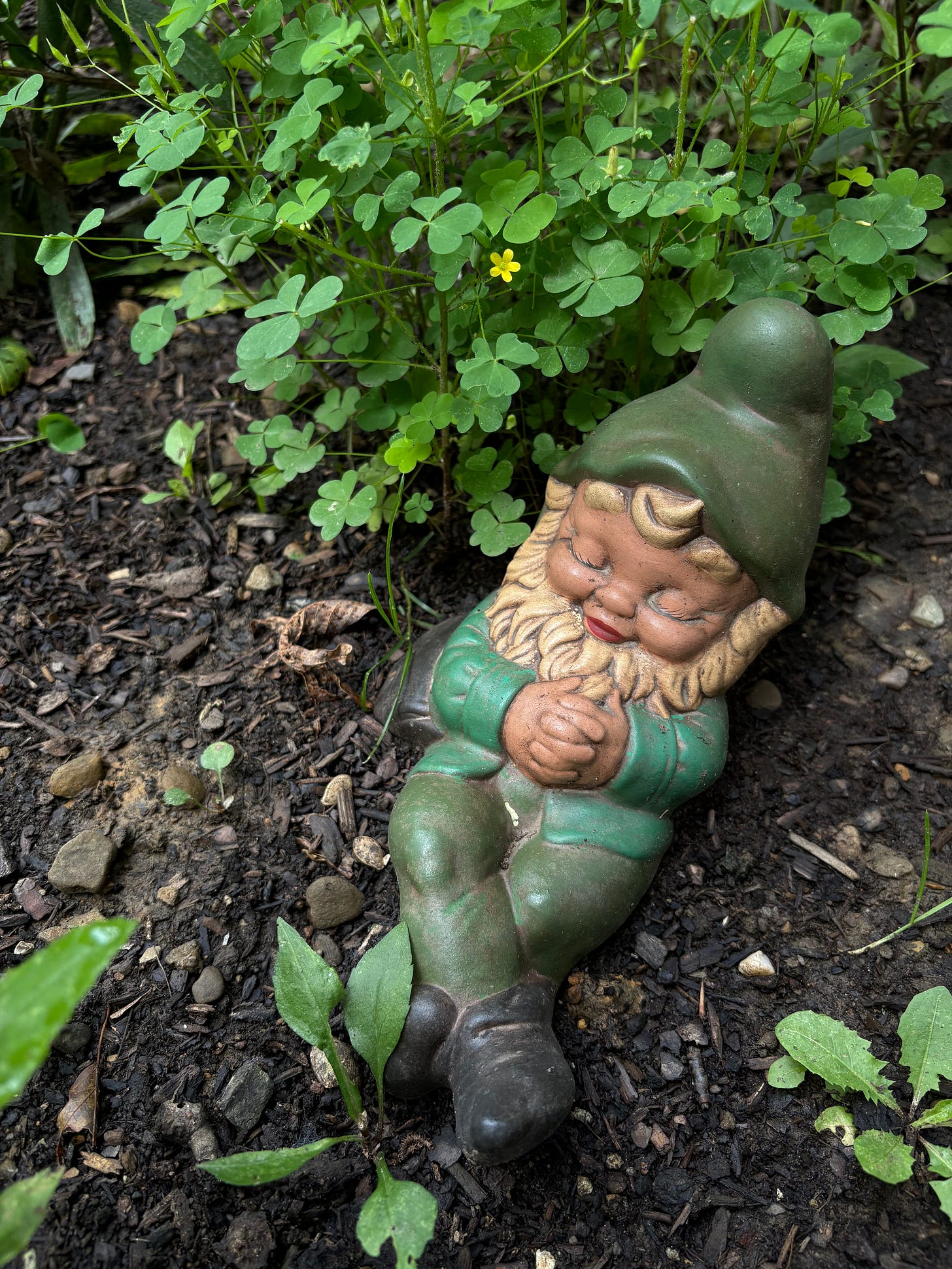
This black locust tree popped up in the garden last spring. I didn’t want to kill it, but I also didn’t want a large tree to establish itself and crowd its neighbors. Our Black locust didn’t flinch when I dug it up and potted it, and it’s grown as quickly as advertised. This fellow is about ready for transplant, and I’ll find a nice spot in the yard for it come fall.
A Short Cut to Mushrooms
Hobbits famously love mushrooms, and so do I. That’s why I take special care to check on the garden the morning after we’ve had a rainstorm. When the ground is damp, I can usually expect a new crop of mushrooms to have sprung up overnight. Shaggy mane, common puffball, and pleated inkcap are the regulars, and here are some other favorites I’ve IDed with help from the Picture Mushroom app, with the disclaimer that these apps do make mistakes. I welcome corrections in the comments!
This palomino cup is the first cup mushroom I’ve found in the garden. It was hiding beneath the tall thimbleweed one morning.
Hobbits aren’t the only diminutive creatures with a taste for mushrooms. Mulch fieldcap may not be palatable to humans, but Angus has been known to open one eye, wolf two or three at a time, and enjoy the kaleidoscopic dreams fieldcap cause in Gnomes.
Mica caps have appeared several times over the last couple of years. They look otherworldly to me, almost lit from within, like something you might see on the cover of a science fiction novel.
Bees
Bees were foremost on my mind when I embarked on this project. Imperiled native bees need our help, and what better way to support them than by adding the flowers they depend on to our gardens? By August of last year, the garden was swarmed by bees too numerous to mention. Big bees, little bees, green bees, bumble bees. There were non-native western honey bees too, but I wasn’t about to crush them with my fingers. Here’s what I believe is a common eastern bumble bee taking a turn around the bergamot.
Birds
Of course this labor is above all for the love of birds. So far, the most frequent visitors are American Robins and Chipping Sparrows, both of whom I’m sure enjoy the bounty of bugs and the presence of three ollas—buried terracotta pots that serve as a slow-release watering system for the plants, miniature baths for the birds, and watering holes for parched Garden Gnomes.
When it comes to birds, I’m taking the long view. I envision a yard less dependent on feeders to attract birds as the nannyberry, serviceberry, and elderberry become more robust in producing large crops of fruit for Gray Catbirds, American Robins, Cedar Waxwings, and innumerable others who favor fresh berries. I’m curious to see who will be the first to find these quickly ripening black chokeberries.
I’m painting a rosy picture. I don’t want to depict myself as some kind of master gardener, a latter-day Samwise Gamgee with twice the height and none of the foot hair. There have been challenges along the way.
Deer and Rabbits
Yes, they’re ruthless, but how can I be mad at them? Aside from beautifying the yard, I think they’re a healthy byproduct of propagating natives—is it any wonder the local wildlife has an yen for the plants it evolved with?
White-tailed deer have an affinity for the cutleaf coneflower. They chewed all three down to the nub last summer. To its credit, coneflower didn’t give up—it bounced back to triple in height this year, a fact that did not escape notice of the deer. Still, one plant went relatively unscathed, by now surpassing in height any Hobbit, the average human, and many NBA players to easily win the 2025 Birding with BillBow Award for Endurance Exhibited by a Native Plant Under Duress, the prestigious BBBAEENPUD.
Meanwhile, Eastern cottontails nibble at the aster. This year they’ve been particularly fond of the calico aster that was our MVP (Most Valuable Pollinator) in 2024. Though I’ve not abandoned hope, the aster languishes this summer where it thrived the year before.
Calico aster, 2024.
Calico aster, 2025.
Aphids
We came home from our recent New York trip to find what looked like a spikey fungus growing on our coneflower. When I saw it moving, I realized I had an insect infestation to deal with. I soon learned from my Twitter birding community that these were aphids, and that aphids aren’t the end of the world. I removed the majority of them with spray from the hose and left the rest to survive or be devoured by whatever hankers for an aphid—birds and ladybugs and the like. Whatever their fate, the garden is currently aphid-free. Good luck out there, aphids!
Japanese Beetles
I know these fuckers all too well, and I haven’t forgotten (or forgiven, apparently) the damage they did to my grape vine in Indiana. Not this time, Japanese beetles. Though crushing you brings me no joy, I’ll not stand idly by while you defoliate my garden.
Disease
Powdery mildew picked on this particular wild bergamot last summer too. I’m not sure what about this plant and this spot are prone to be mildewed, but here we go again. The mildew didn’t seem to harm the plant last year in any significant way, but I’ll keep an eye out for any signs of distress.
Compost
There’s so much more to say about this garden, about the slugs and snails, the damsel and dragonflies, the ants, spiders, and caterpillars. No room for all that in one post. Suffice to say, it’s working. Just like magic. And maybe I do have something akin to what helped Master Samwise bring his beloved Shire back to life. Not dust, but compost. The open-air composting system I set up in the woods has produced the richest, most fecund earth I could ever hope for. It’s positively wriggling with earthworms, and it transforms kitchen scraps into black gold in a matter of days. I add a little to each planting. I don’t know if I’m seeing 20 years of progress in a matter of months, but the plants seem to like it.
Maybe, in the spirit of Sam, I’ll offer some to the neighbors.
Featured Video—Snowberry Clearwing
As much as I enjoy the insects I encounter in our yard, I haven’t become obsessed with identifying them and knowing them with the depth I’m interested in knowing birds. That may have changed somewhat with Monday’s appearance of a snowberry clearwing (AKA bumble bee moth, AKA hummingbird moth) in the native garden, where Alex and I watched it work over the bergamot with its long proboscis. Last week’s post was all about spark birds. This clearwing just may prove to be my spark bug, and you can add bumble bee moth to the growing list of creatures I can’t believe exist in this world.
10/10 Recommends
The frontrunner for this year’s MVP is certainly the wild bergamot we planted in 2023. Aside from producing spectacular blossoms that attract bumblebees and bumble bee moths, the plant has manifold medicinal applicantions and has been used by various indigenous populations for the treatment of colds and flus, minor skin infections, mouth and throat diseases, and flatulence. Though unrelated to the bergamot that flavors your daily cup of Earl Grey, I find the leaves have a lovely earthy fragrance, and I’m very eager to get my hands on some bergamot honey.
Lord of the Rings, audiobook narrated by Andy Serkis
I’m always reading Lord of the Rings to some extent or another, but I’d been sitting on Andy Serkis’s audiobook performance for quite a while. And what a performance! As expected, he throws everything into each role, developing unique voices for each character, even the most minor of them. Andy Serkis is a generational acting talent, someone you can’t take your eyes off when he’s on screen, but the real joy here is in listening to him savor each word that sprang from Tolkien’s generationally talented literary brain. The meeting of two such talents—what a treat for nerds like me.
That’s all for this week. Do you have a native/pollinator garden? What are some of your favorite plants? What kinds of wildlife has it attracted? Tell me about your native gardening experiences in the comments!👇
Until next time, thanks for reading, and don’t forget to garden your ass off!
nwb
I hope you enjoyed the latest stroll through our native garden. Birding with BillBow’s weekly content will always be free, but you can help support my writerly, birderly, gardenerly dreams in the form of a paid subscription (save $10/year by choosing the yearly plan!).
Not up for an annual subscription? Consider buying me a beer instead. I’ll drink it while weeding the garden.
Things are tough out there. If a financial commitment isn’t possible, I’d be so grateful if you shared my post!
This post was human generated. All media by Nathaniel Bowler.


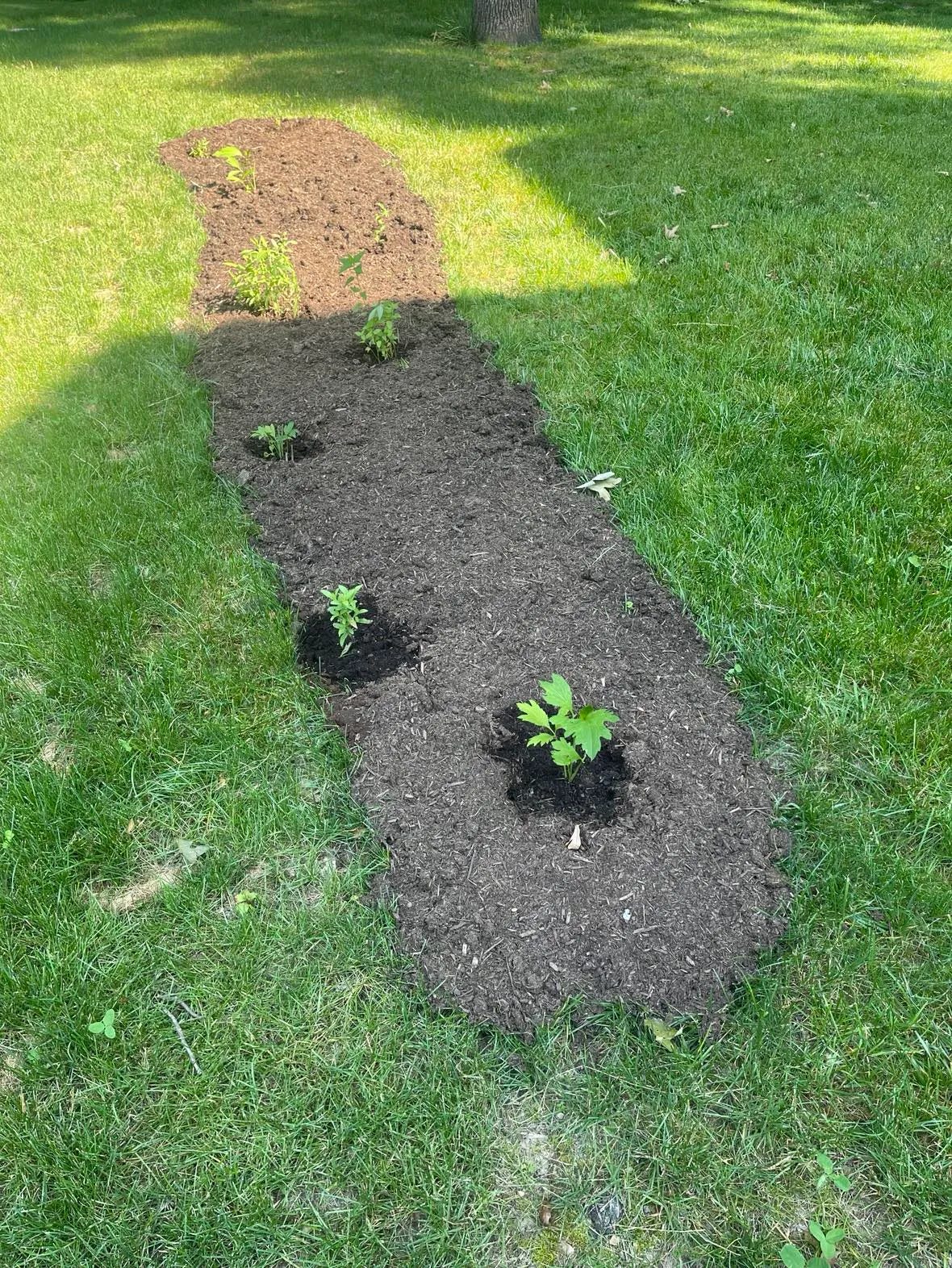
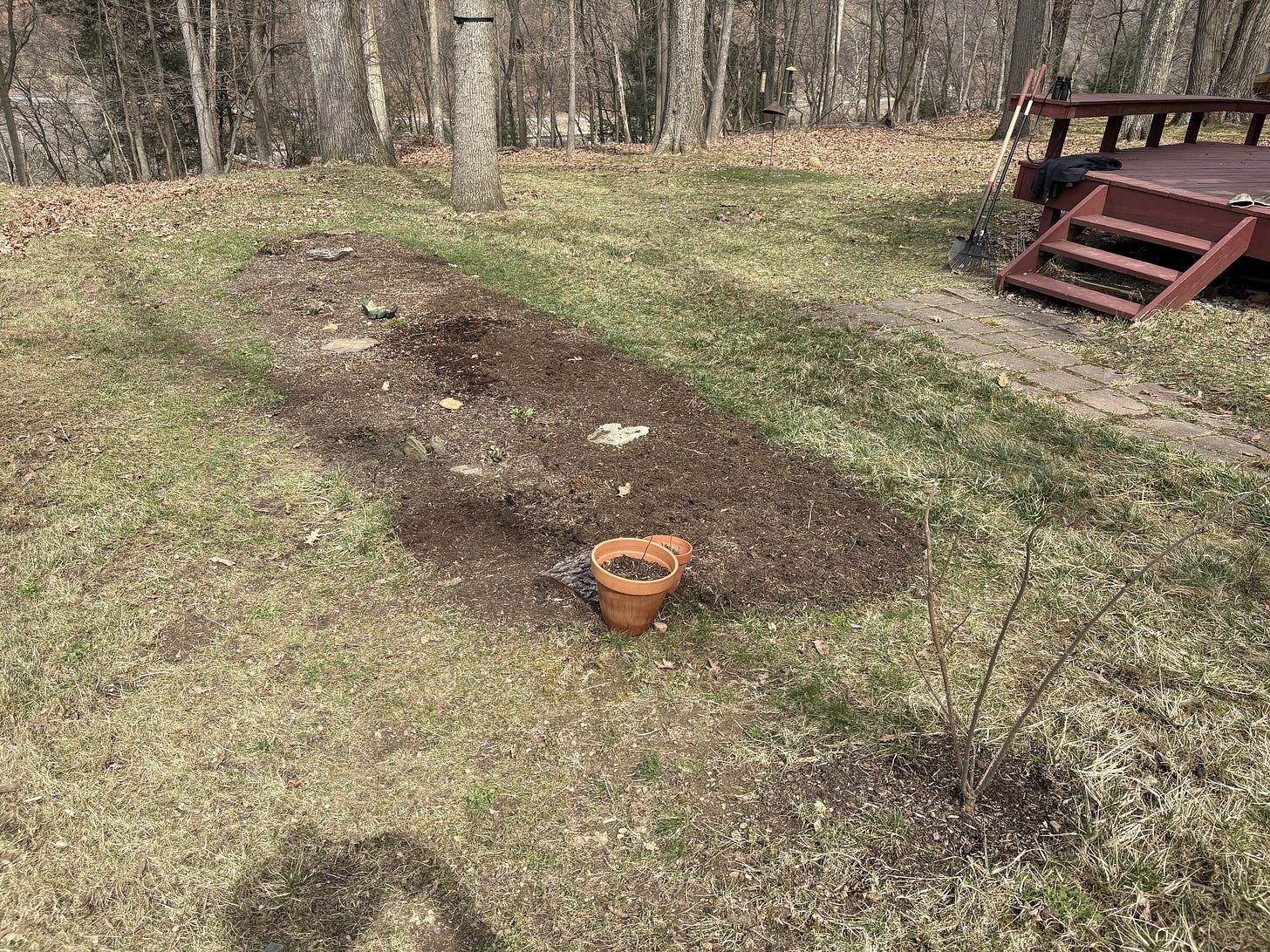
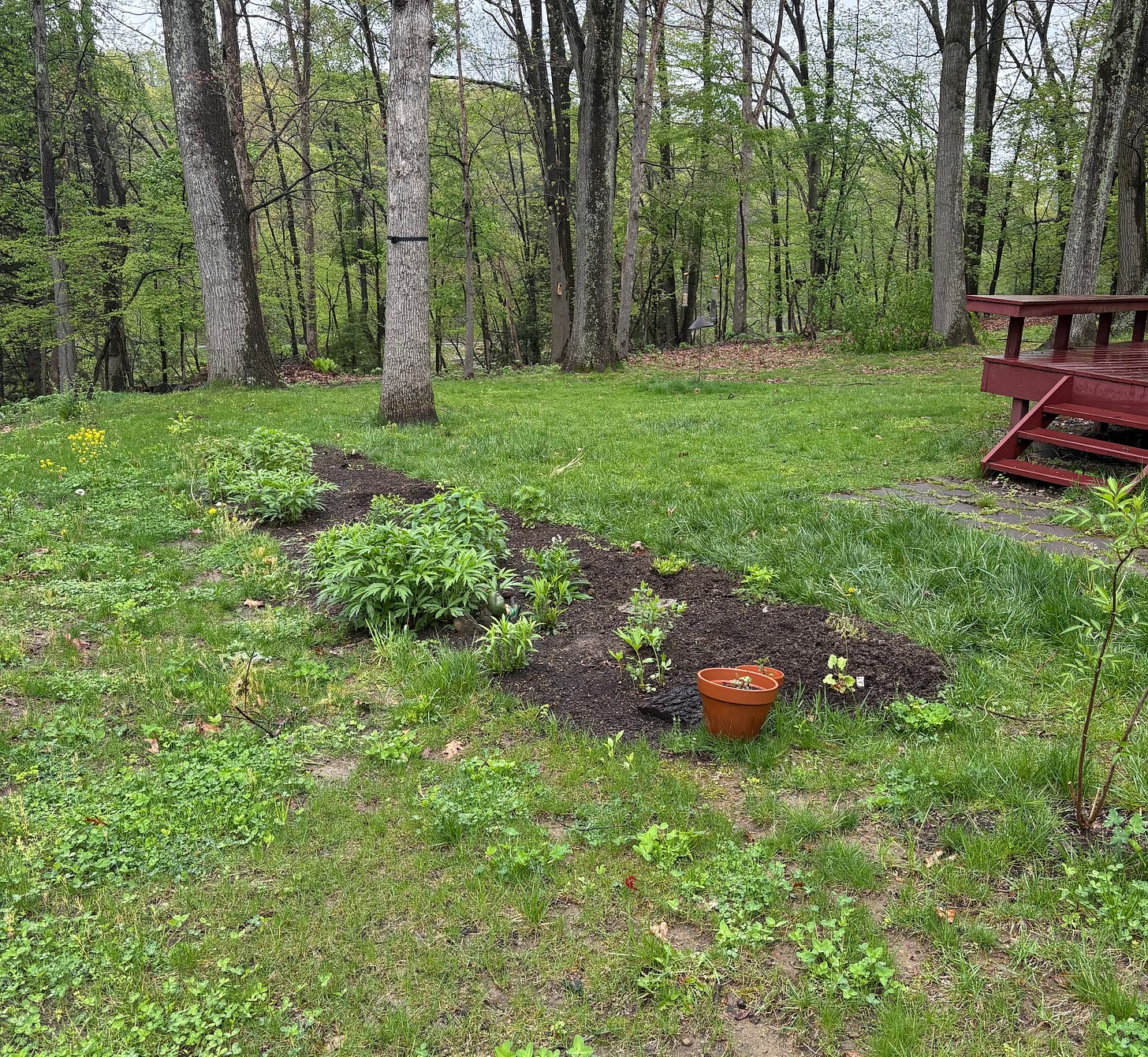
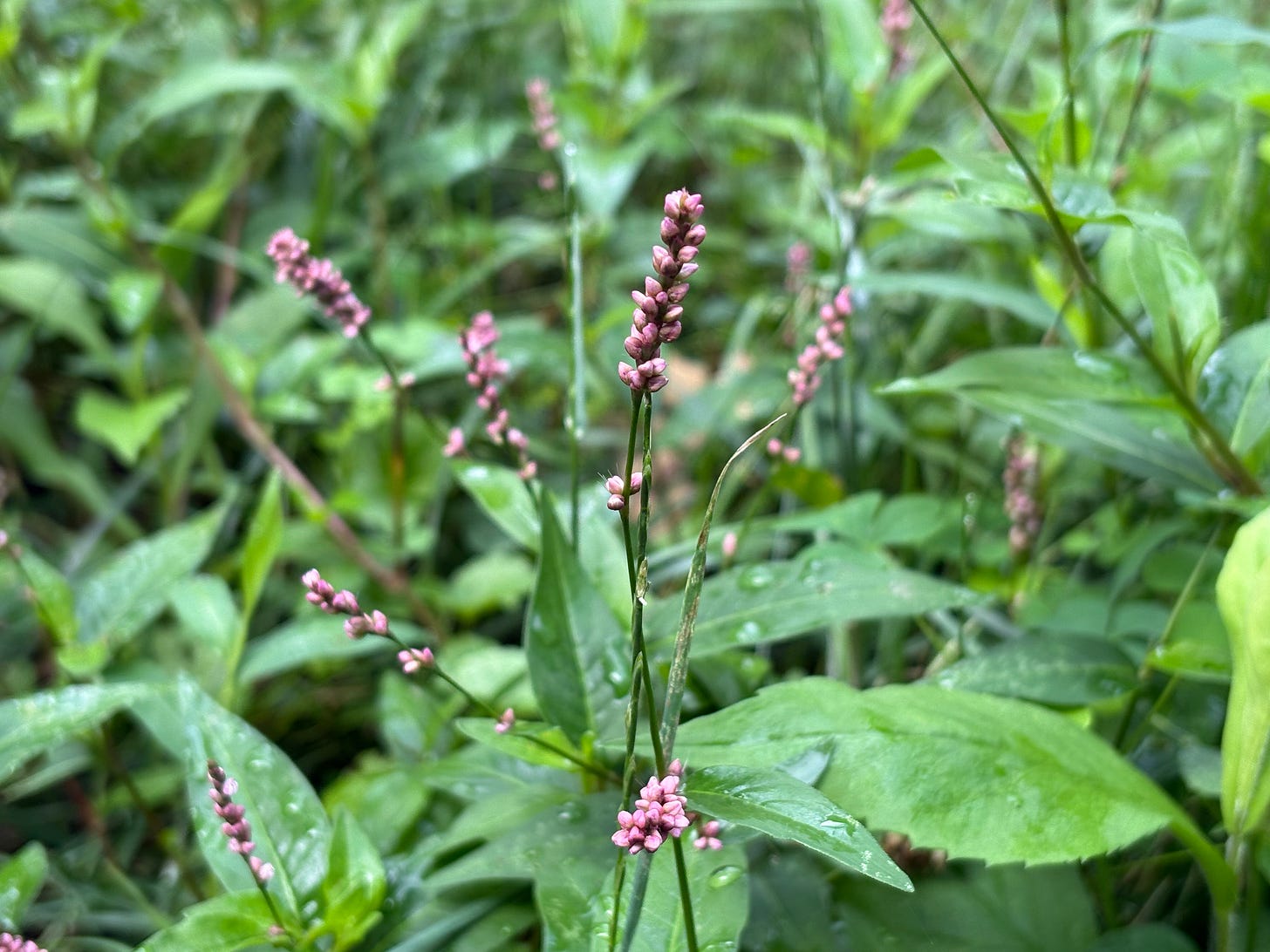
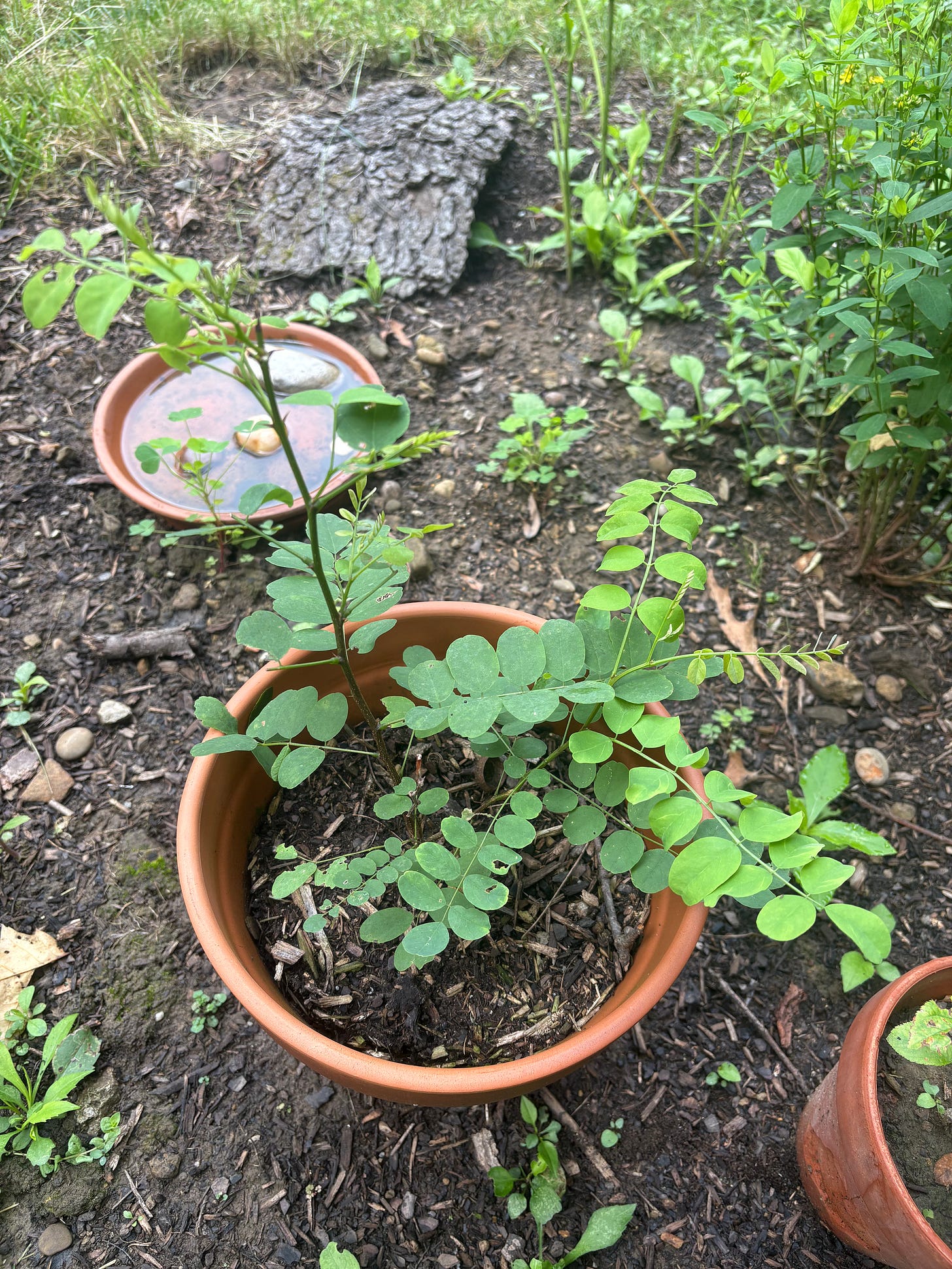
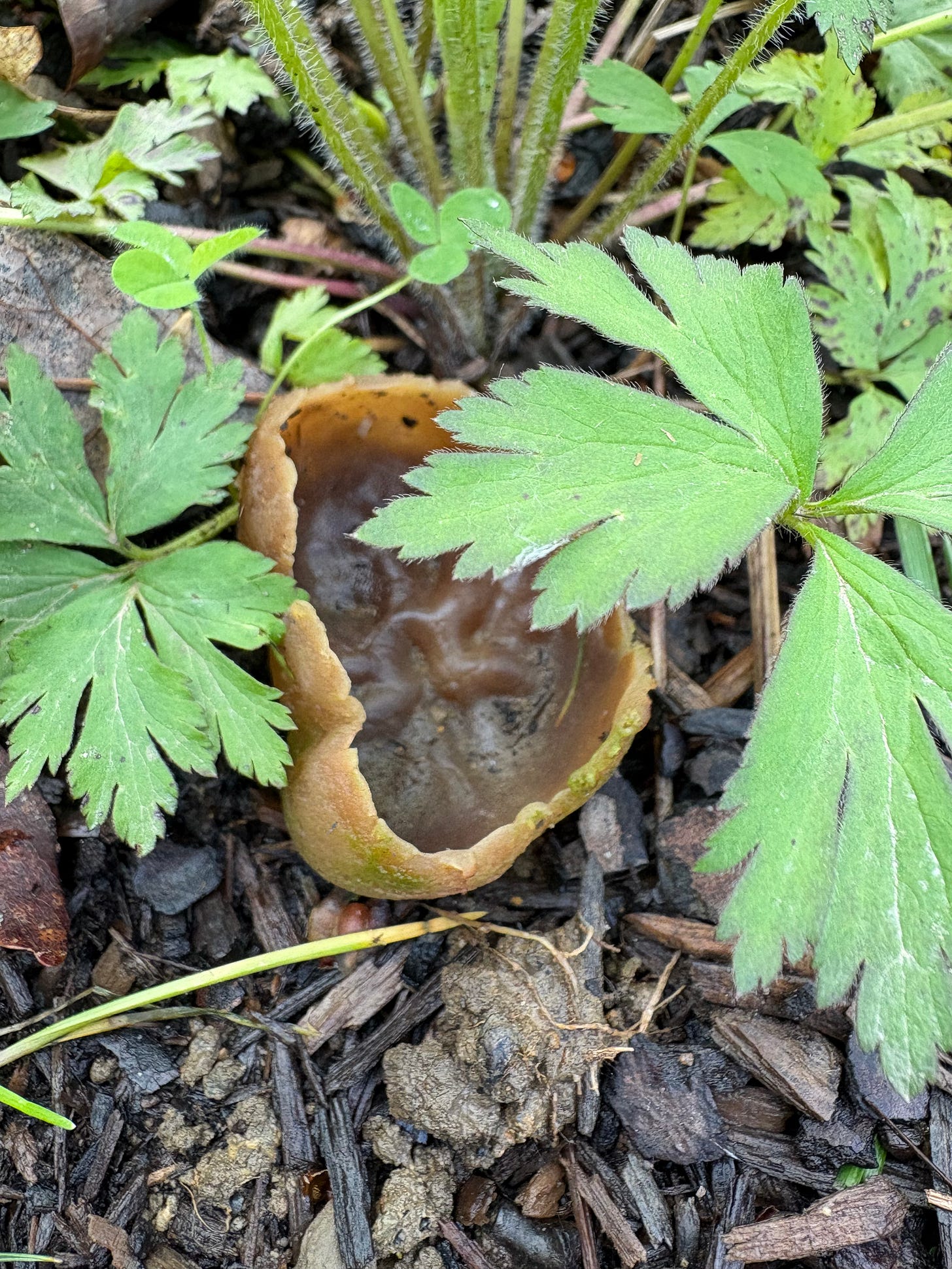
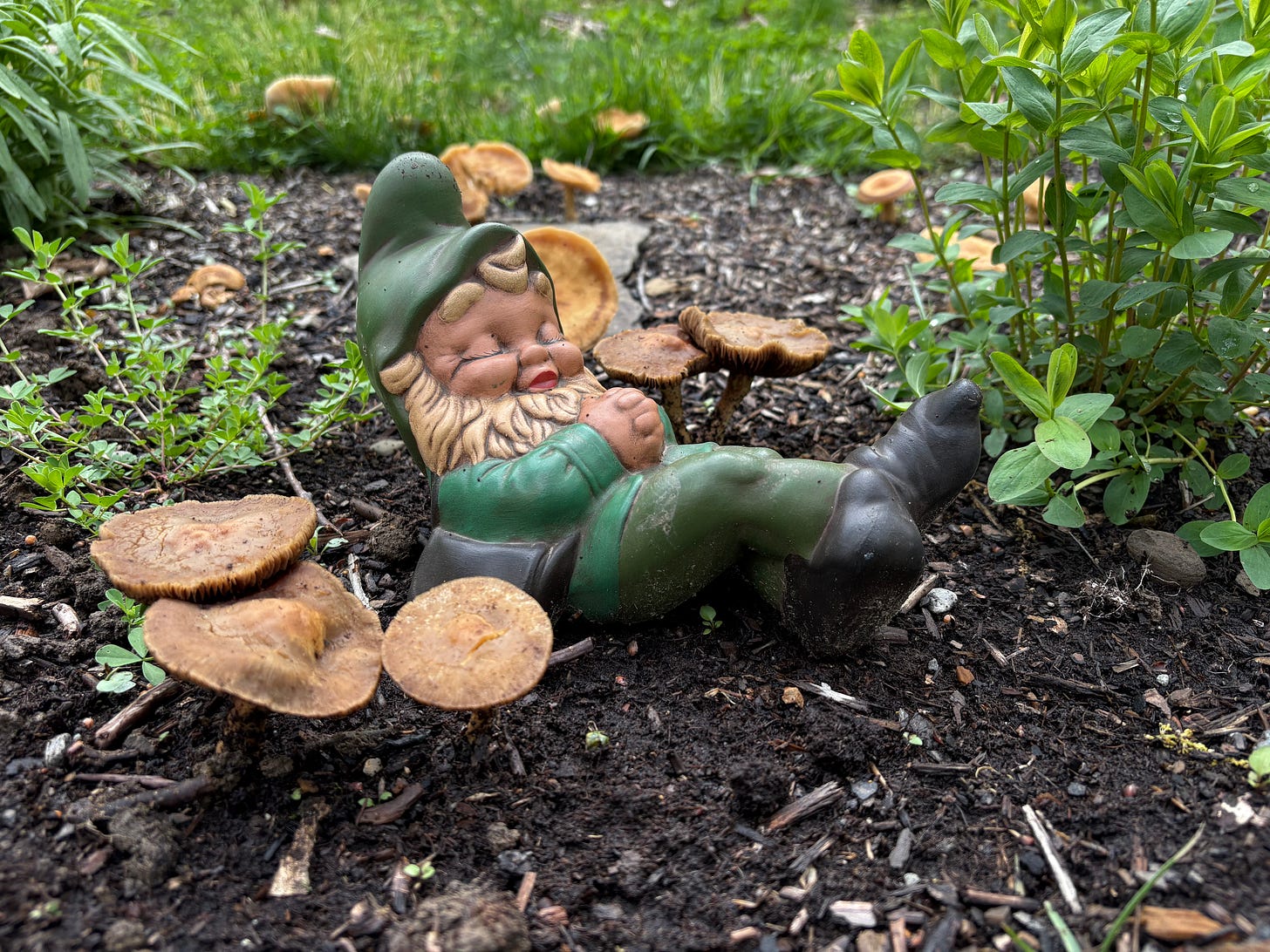
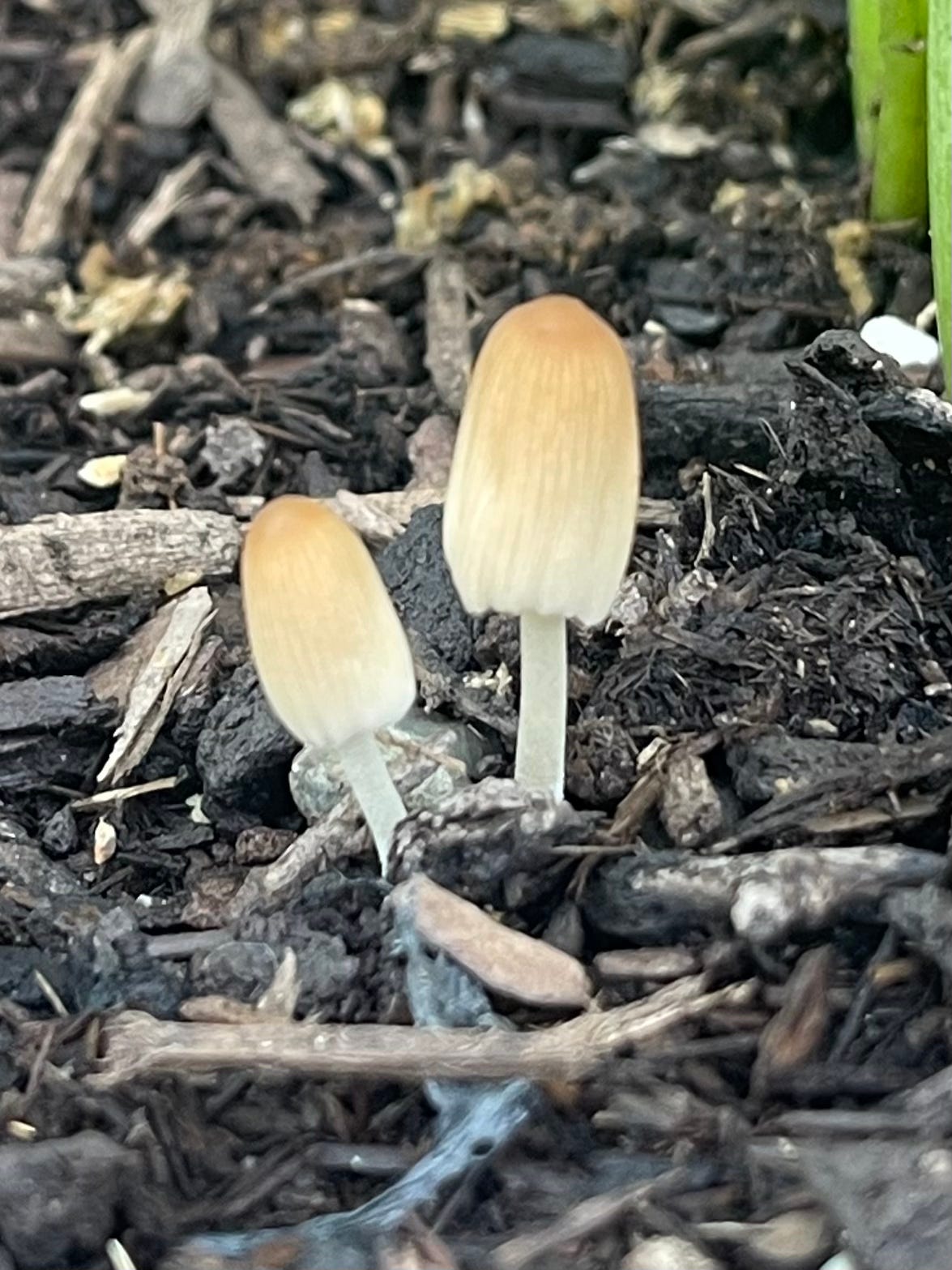
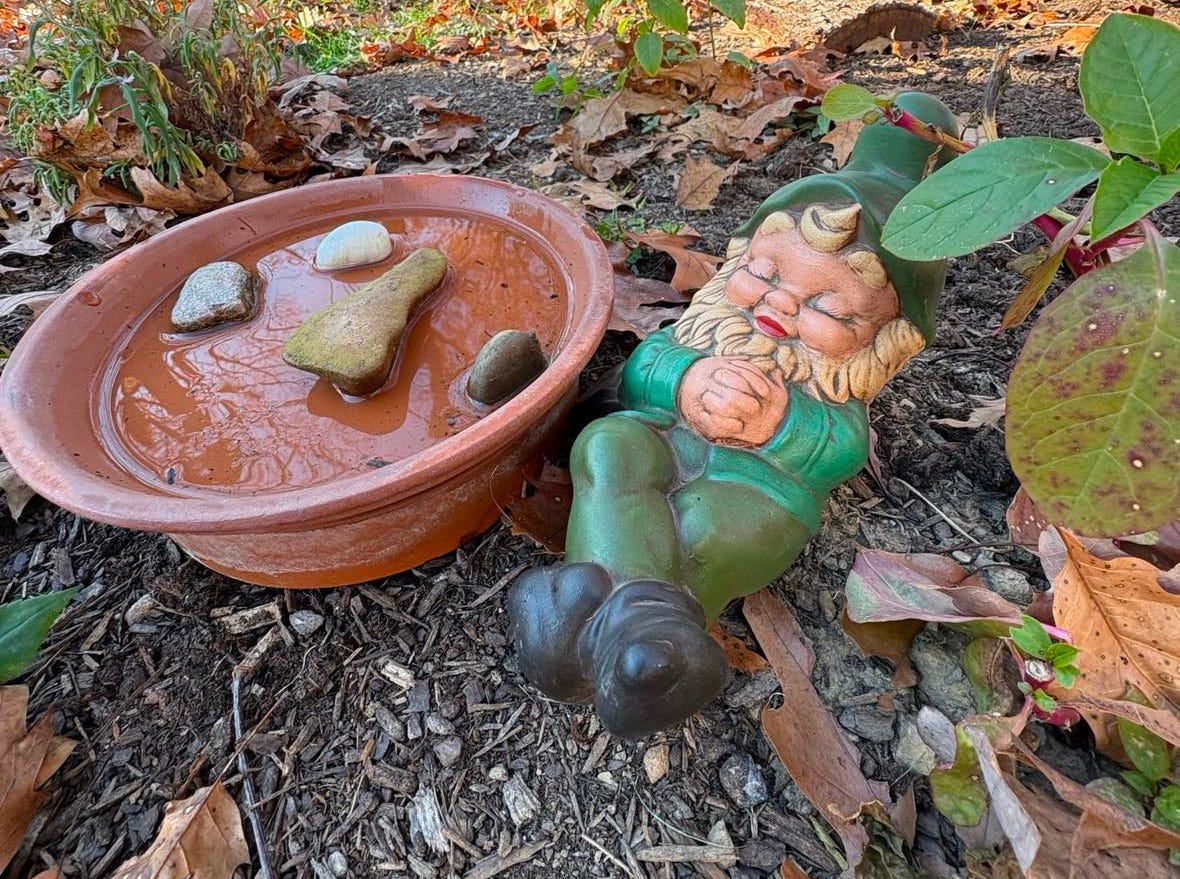
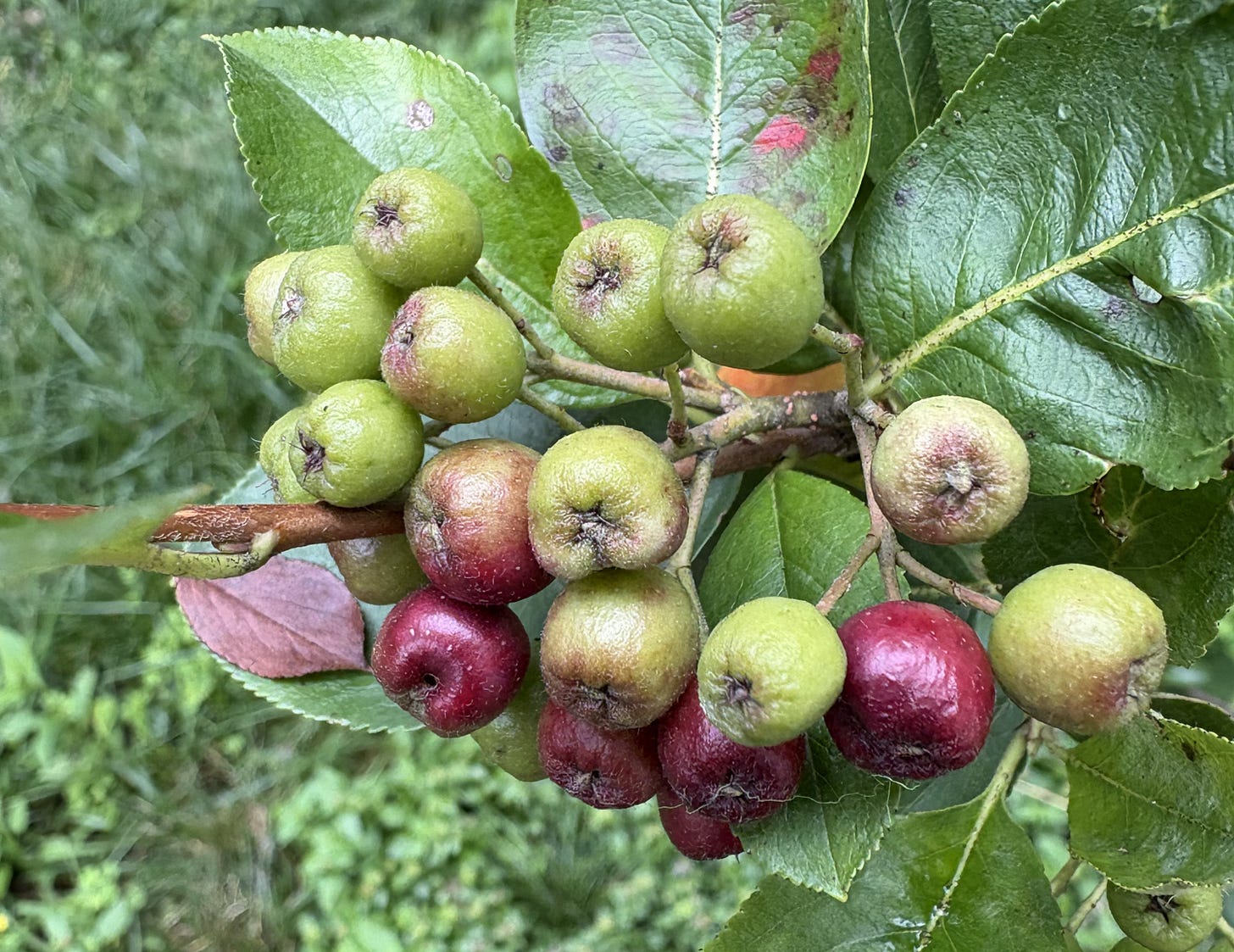
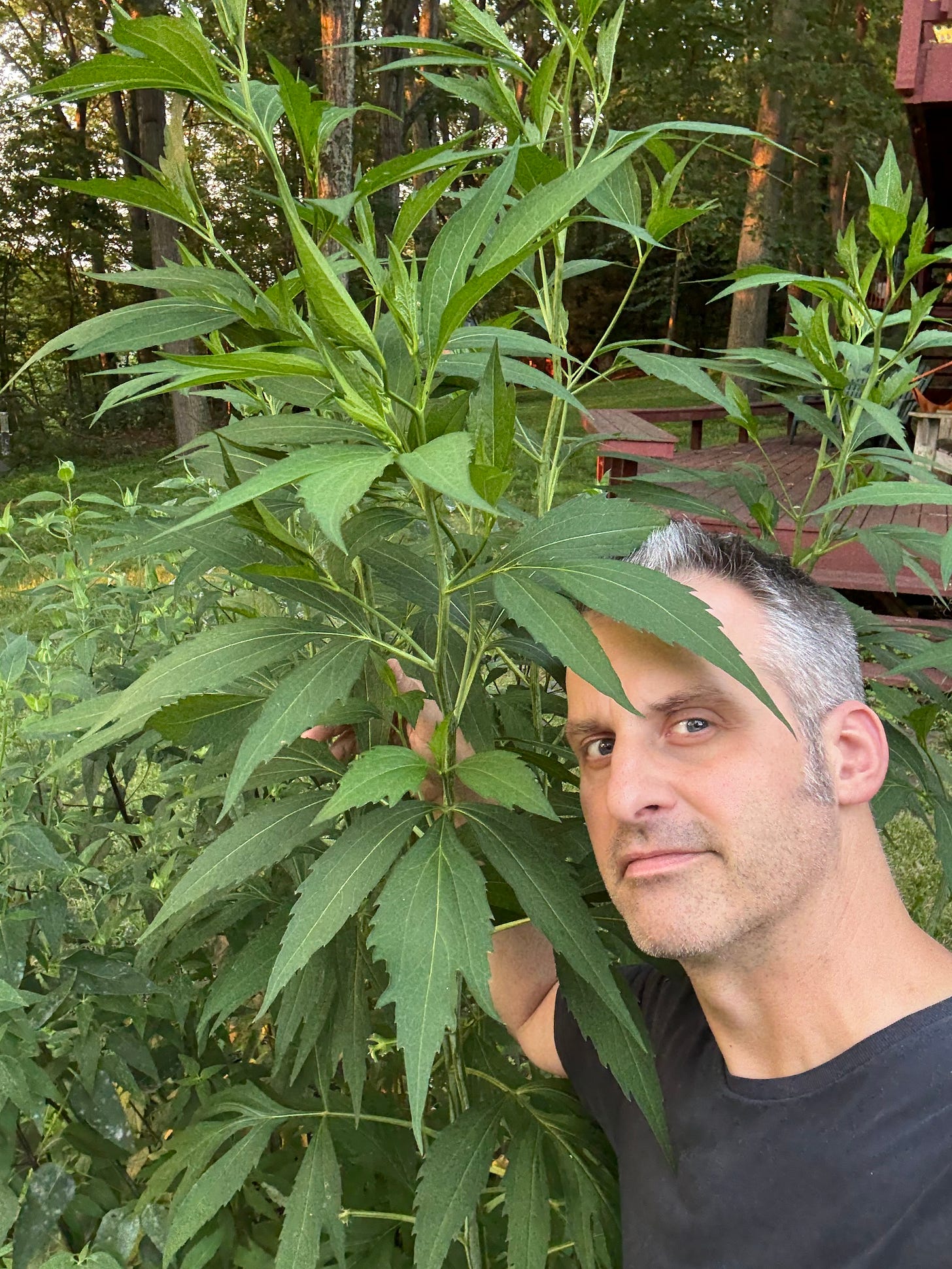
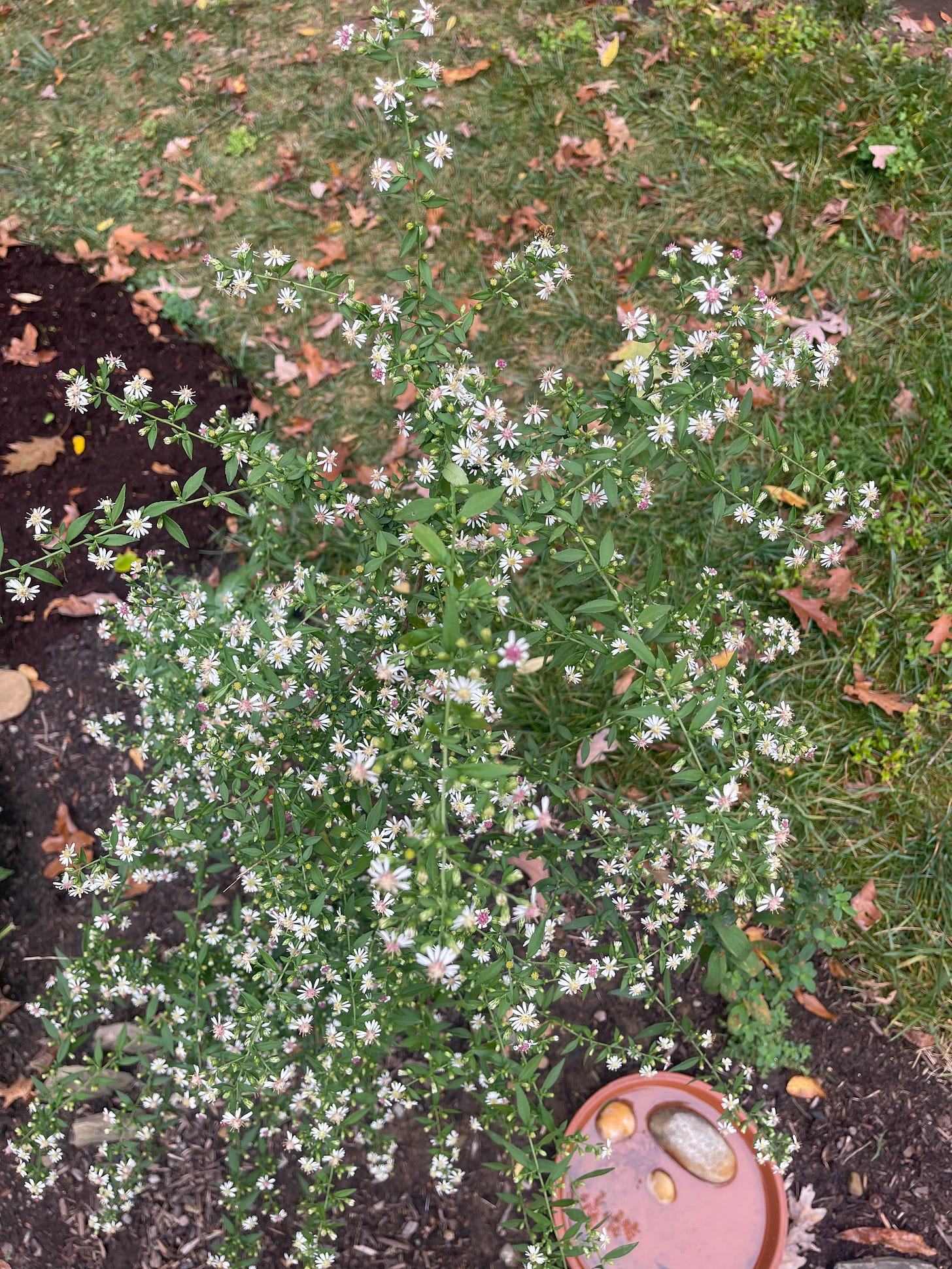
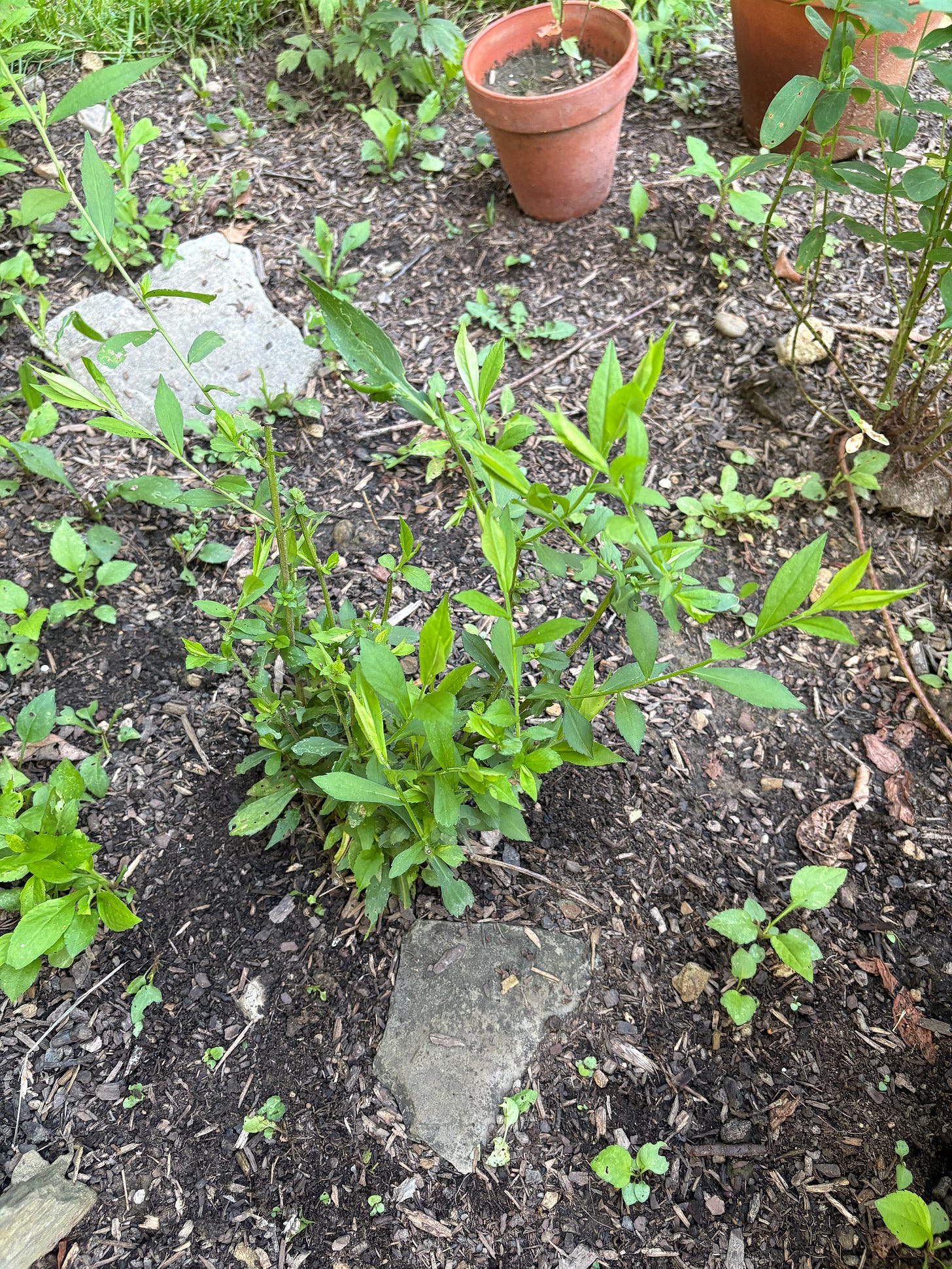
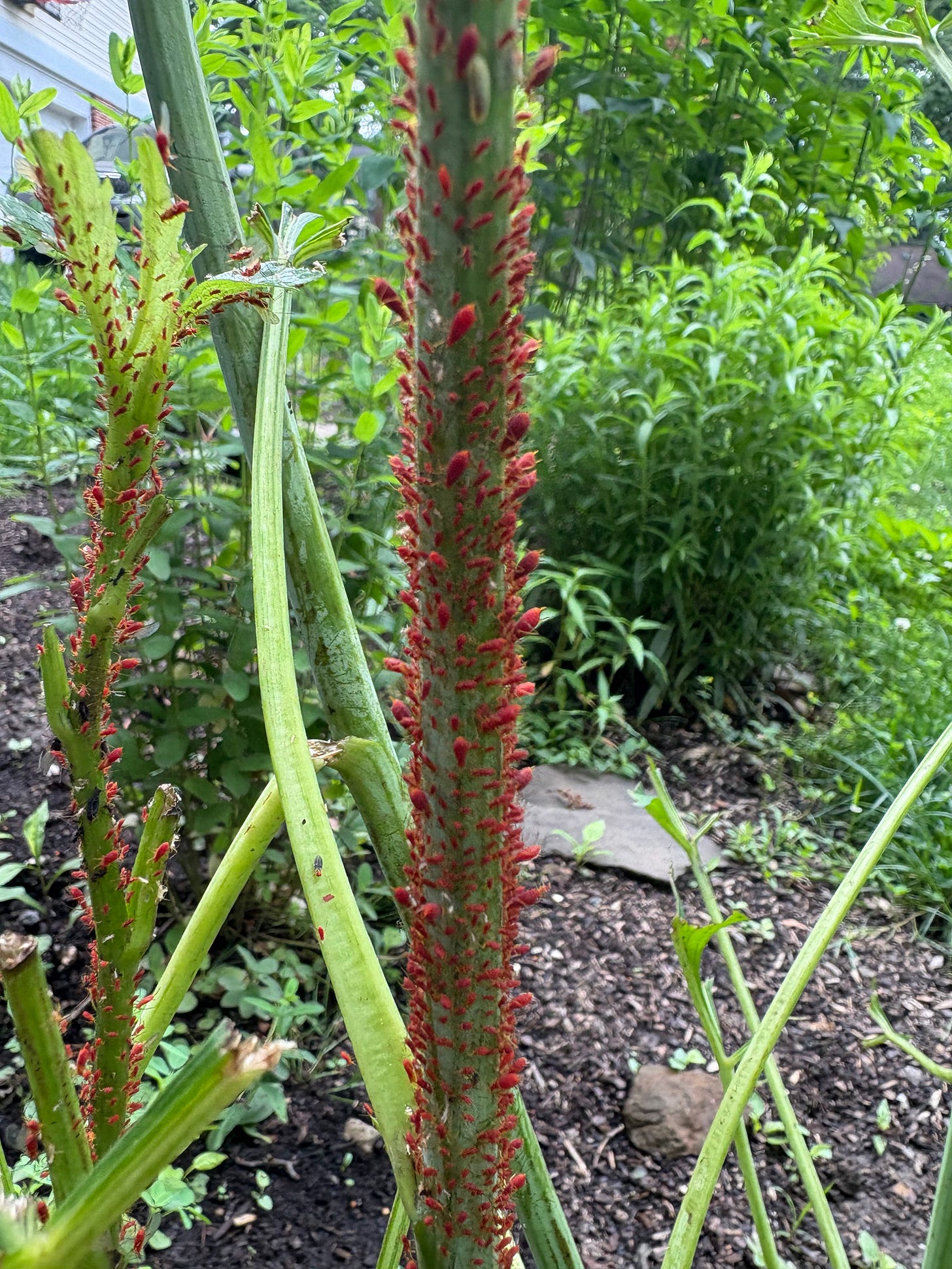
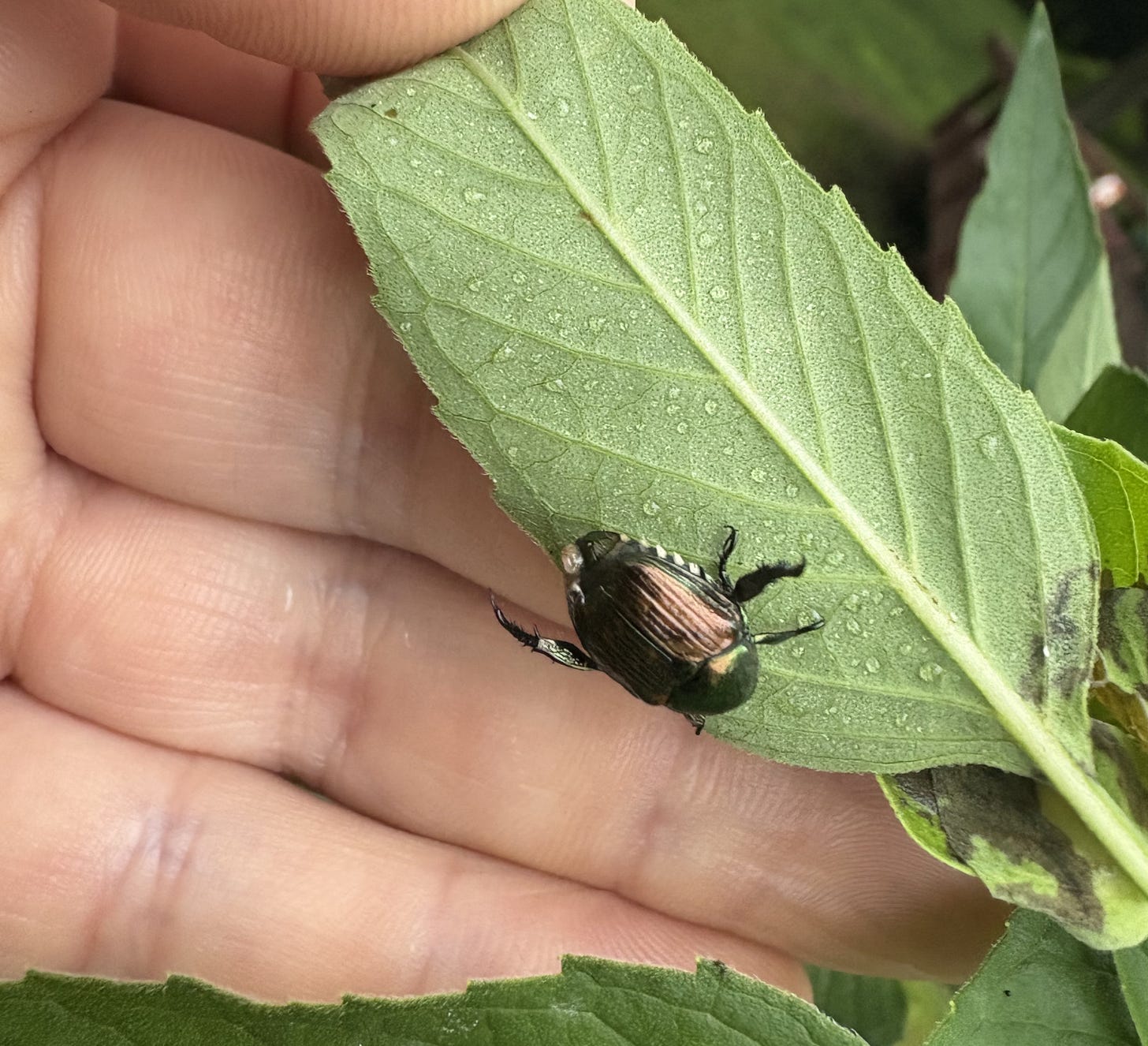
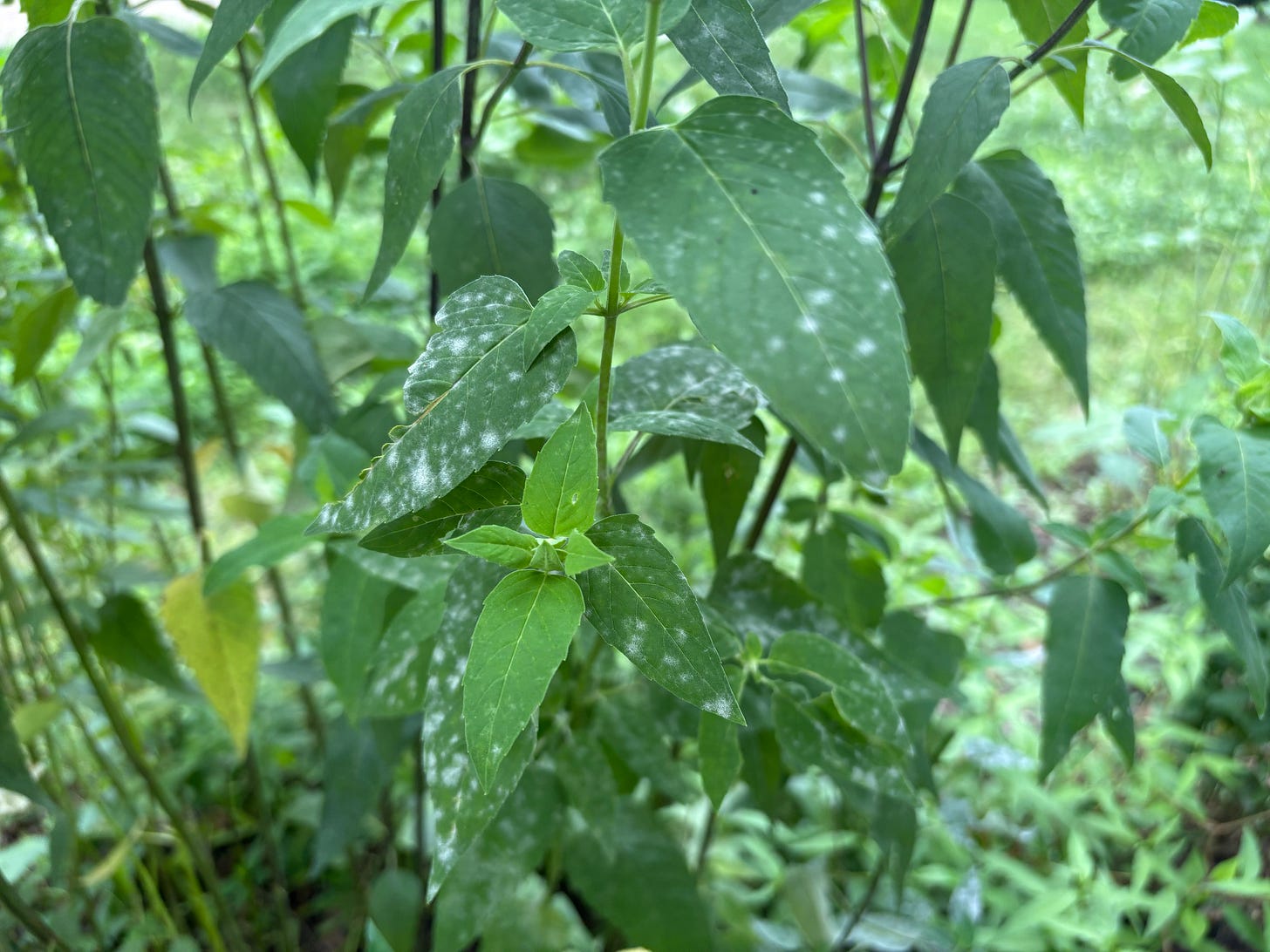
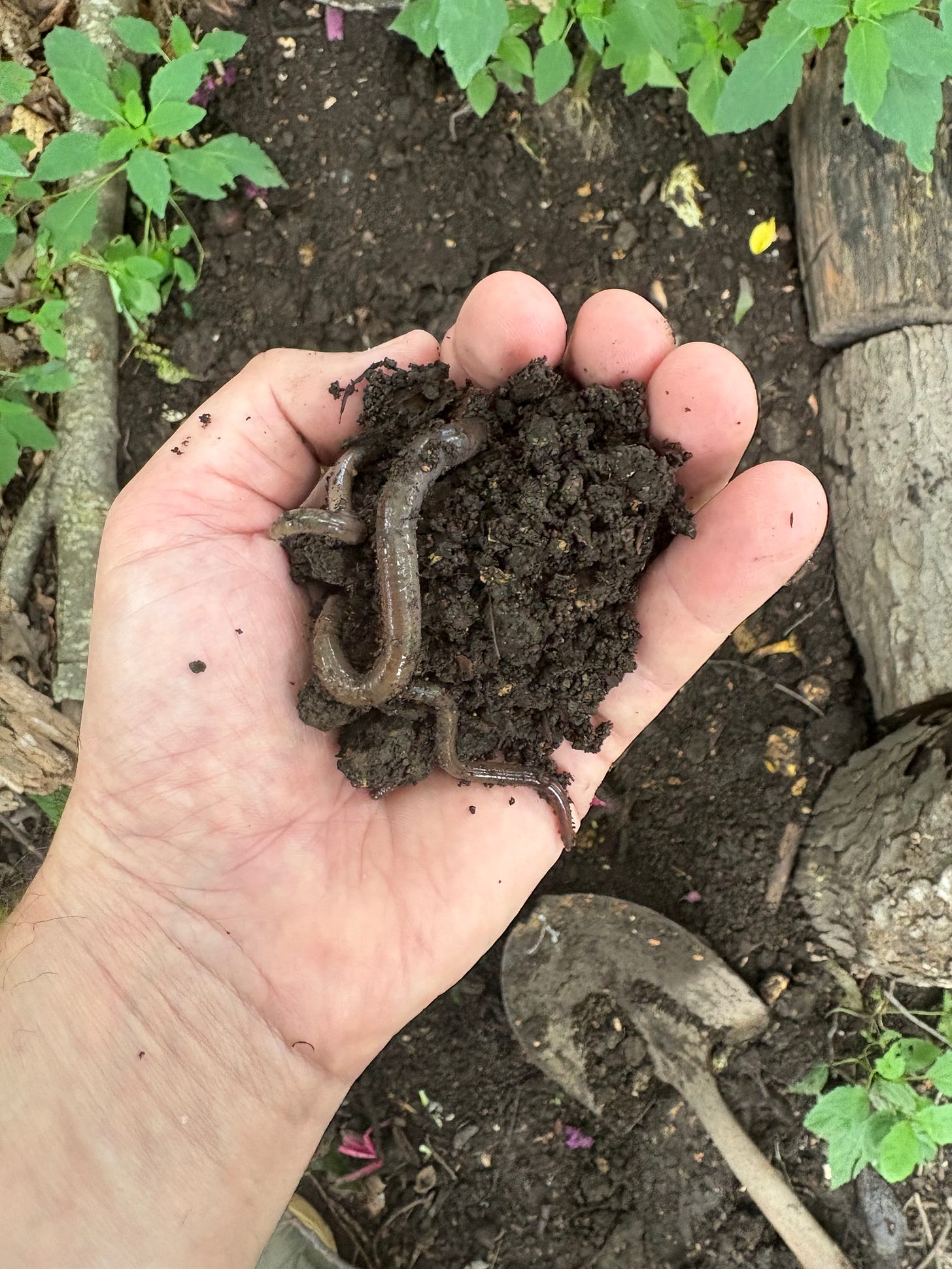
A nice post to read as a gardener who loves the books and birds. Samwise Gamgee is my favorite character. Never wanted to leave home, but did it for his friends, a gardener in his soul, always hungry, practical, and shared my 'gardens for the people' ethos, sharing his gift with the whole shire. Little Bluestem Grass, Joe Pye Weed, Beardtongue, and Wild Red Columbine are favorite plants here.
Loved reading this! I admire your ambition, and it's exactly the same as I have for my garden. It's truly amazing how quickly wildlife rewards you when you start a project like this. My hazel hedge is my biggest win so far. We planted it three years ago, this year it is growing its first hazelnuts and has been covered in ladybirds at all stages of their metamorphosis, plus had its first birds nest.
My top plants for wildlife have been poppies, thistles and dandelions this year - with jasmine and honeysuckle for the pollinators. Tree wise, you can't beat crab apple in the UK, and rowan for the berries.